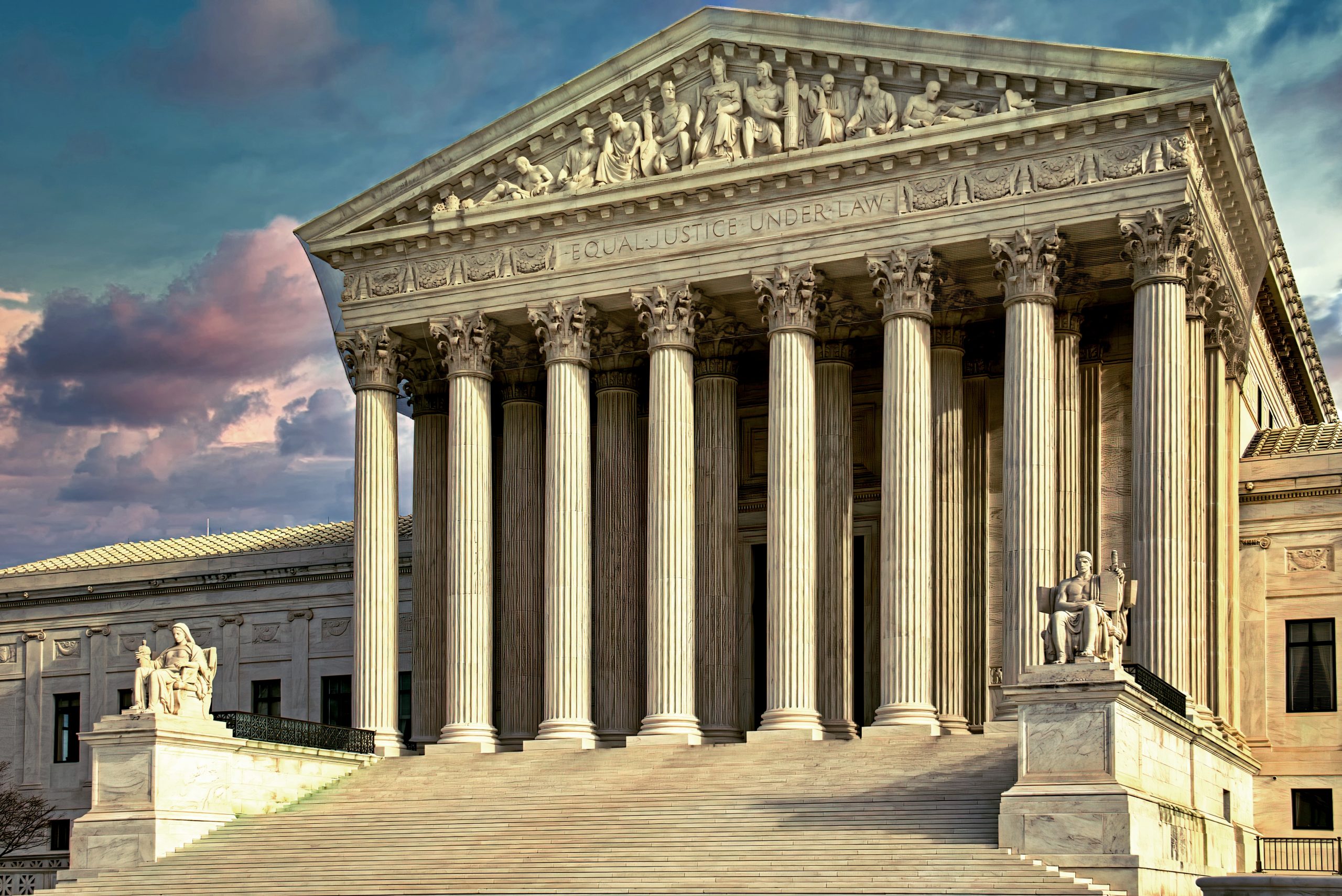The California Code of Civil Procedure Section 564 lists many of the traditional types of cases in which receivers may be appointed. They include, but are not limited to, the following: Preservation of a common fund or property in dispute and in danger of injury or dissipation;Rents, Issues and Profits (Real Estate);Substandard Housing – The…

What is the property of the receivership estate?
The property of the receivership estate will generally be identified in the order to appoint a receiver. However, more specifically, the property and/or assets of the receivership estate may be made up of:
- books and records
- accounts receivables, cash, and securities
- real property and intellectual property
- claims against 3rd parties
- licenses
- bank accounts, business personal property, equipment, vehicles, and inventory
- and insurance policies.
Insurance policies are an important asset of the receivership estate. In the event that the
owner/principal of the Company engages in wrongdoing and the company has directors and officers
insurance or crime policies, a receiver may submit a claim to the insurance company in connection with
such activity. These claims may result in a recovery to the receivership estate.
Related Posts
A receivership can be structured in a variety of ways based on the nature of the dispute, the goals and objectives of the parties, the type of asset(s) that will be placed under the control of a receiver as well as the ruling of the court. There are two core types of receiverships – a…
All court receiverships are not created equally, but the life-cycle of a court receivership has similarities that can be seen in almost every case.




